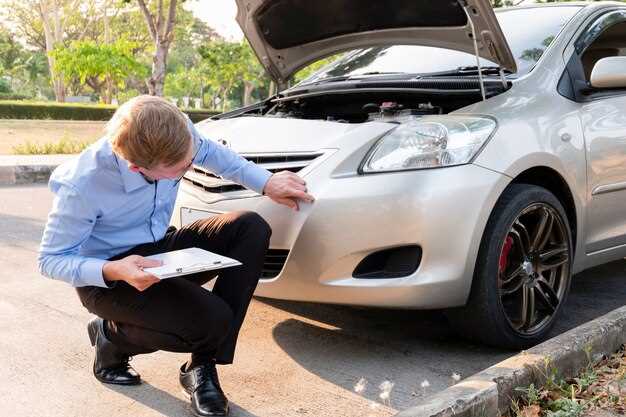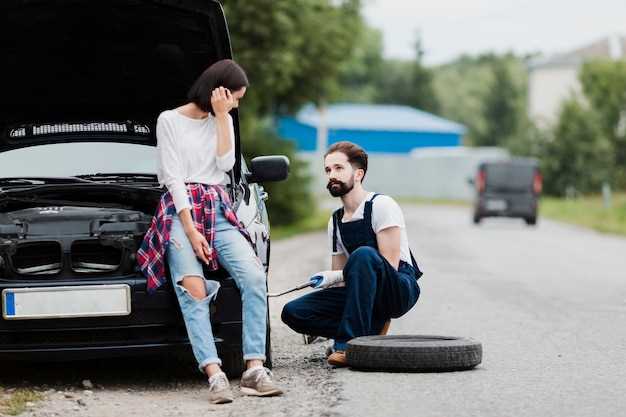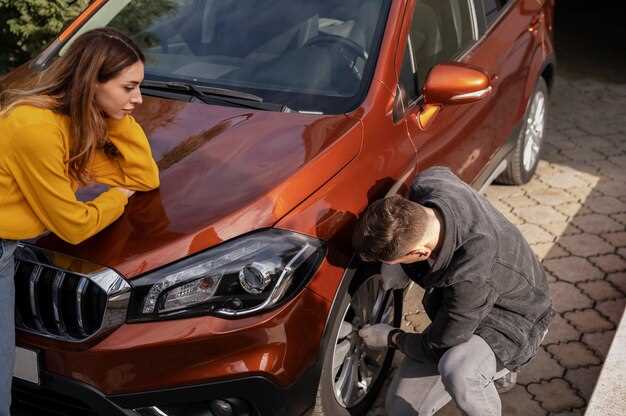
After any post-crash situation, assessing vehicle damage is a crucial step in understanding the extent of repairs needed and the potential costs involved. This process not only helps vehicle owners determine safety concerns but also aids insurance companies in processing claims. Proper assessment ensures that any hidden damages are identified, which is vital for the vehicle’s long-term performance and safety.
The first step in evaluating damage is to conduct a thorough visual inspection of the exterior and interior components. Look for visible signs of impact, such as dents, scratches, or broken parts. Additionally, it is essential to check under the vehicle for any indications of oil leaks or structural issues. This initial assessment provides a foundation for more detailed evaluations.
Following the visual inspection, the assessment should progress to more technical examinations. This phase may involve using specialized tools to measure alignment, frame integrity, and suspension components. Understanding the mechanical consequences of a crash can be complex, and professional assistance is often recommended to ensure that all damage is accurately identified and documented.
By approaching vehicle damage assessment step by step, you can not only secure your financial interests but also maintain your safety and that of others on the road. With a clear plan in place, the path to recovery after a post-crash incident becomes more manageable and effective.
Initial Visual Inspection Techniques

Conducting a thorough initial visual inspection is critical in assessing vehicle damage after a post-crash incident. Following a systematic approach ensures that all potential damage is identified and documented. The following techniques outline effective methods for conducting this inspection:
- Safety First:
Before starting the inspection, ensure the area is safe. Look for hazards such as leaking fluids, sharp objects, or unstable debris.
- Exterior Examination:
Begin with a complete exterior examination:
- Check for dents, scratches, and paint transfer on the body panels.
- Inspect the bumpers for cracks or misalignment.
- Examine windows and lights for cracks, shatters, or fogginess.
- Look for any signs of frame damage, such as irregular gaps between body panels.
- Assessing Tires and Wheels:
Inspect the tires and wheels for:
- Bald or damaged tires, which could signify impact.
- Wheel alignment issues, indicated by uneven wear or visible bending.
- Brake system inspection for any visible damage or fluid leaks.
- Underbody Inspection:
Look under the vehicle for potential damage:
- Check for fluid leaks, such as oil or coolant.
- Inspect for any hanging components or broken parts.
- Evaluate the condition of the exhaust system and any visible suspension components.
- Interior Evaluation:
Assess the interior for signs of damage:
- Look for deployed airbags or damage to the dashboard.
- Check seat belts for fraying or malfunction.
- Inspect upholstery for stains or tears caused by the collision.
- Documentation:
Record all findings meticulously, including:
- Photographic evidence of damages.
- A detailed list of all identified issues.
- Notes on the vehicle’s condition prior to the incident, if available.
By following these initial visual inspection techniques, assessors can gain a comprehensive understanding of the vehicle’s condition after a post-crash incident, facilitating further assessment and repair processes.
Identifying Hidden Structural Damage

After a vehicle incident, recognizing hidden structural damage is crucial for ensuring the safety and integrity of the vehicle. Structural damage often goes unnoticed by the untrained eye and can lead to severe long-term consequences if not addressed adequately. A thorough inspection is essential for uncovering these issues.
The initial step in identifying hidden structural damage is to conduct a comprehensive visual inspection of the vehicle. Examine all panels, frames, and joints for any signs of misalignment, cracking, or bending. Look closely at areas where the impact may not be directly visible, such as underbody components and near suspension systems.
Next, utilize specialized tools such as a frame machine or measuring tools to assess the vehicle’s frame alignment accurately. Discrepancies in measurements can indicate underlying damage that may not be apparent externally. Additionally, employing a magnetic or ultrasonic testing device can help identify compromised integrity within the metal components.
It’s also essential to check for rust or corrosion in hidden areas, which can signify structural weakness. Pay particular attention to seams, welds, and any areas where protective coatings may have been compromised during the incident.
If there are indications of hidden damage, consulting a professional with expertise in structural assessments is advisable. They can provide a more detailed inspection and recommend necessary repairs to restore the vehicle’s safety and performance.
In conclusion, identifying hidden structural damage requires diligence, specialized tools, and expert knowledge. Conducting a thorough inspection is vital to ensure that the vehicle remains safe and reliable after an incident.
Documenting Damage for Insurance Claims
Effective documentation of vehicle damage is crucial for post-crash insurance claims. Accurate records not only support your claim but also expedite the process, ensuring you receive appropriate compensation.
1. Initial Assessment: After ensuring safety, begin by assessing the vehicle. Take time to examine both the exterior and interior for damage. Look for dents, scratches, broken parts, or any other visible issues that may impact the vehicle’s performance or aesthetics.
2. Photography: Use a camera or smartphone to capture clear images of all damaged areas. Take wide shots to show the overall condition of the vehicle, and close-ups to illustrate specific damages. Make sure to document any relevant surroundings that might give context to the incident.
3. Detailed Notes: Alongside photographs, write a detailed description of the damage observed. Include specific locations of the damages, such as the front bumper or driver-side door. Note the time and date of the incident, as well as any witnesses present.
4. Collect Evidence: If possible, gather additional evidence related to the incident. This may include police reports, witness statements, and contact information for all parties involved. This information can strengthen your claim and provide clarity regarding the circumstances surrounding the event.
5. Keep Records Organized: Organize all documentation–photos, notes, and reports–systematically. Create a digital folder or physical file dedicated to the incident to ensure easy access when filing your claim or communicating with your insurance company.
6. Follow-Up: Once your initial claim is submitted, stay in contact with your insurance adjuster. They may require further documentation or clarification. Be proactive in providing any requested information to facilitate a smoother claims process.
Thorough documentation of post-crash vehicle damage is integral to a successful insurance claim. Following these steps will help ensure you have the evidence necessary to support your case and minimize any disputes with your insurance provider.




